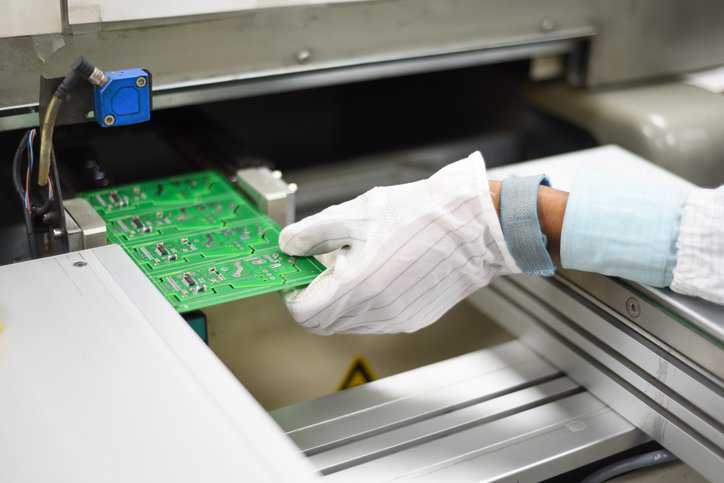IEC 62368-1 Ed. 4.0 b:2023—Electrical Equipment Safety

Almost three in five fatal work injuries (56%) in 2020 were caused by direct exposure to electricity. These injuries were specifically caused by direct contact with the power source, such as direct contact with a live electrical wire or when the victim is struck by an electrical arc. Hence, safeguarding electrical equipment is critical, as excess voltage can cause an arc of electrical current that heats and damages the device, completely fries the equipment, or even causes injuries and fatalities. IEC 62368-1 Ed. 4.0 b:2023—Audio/Video, Information And Communication Technology Equipment – Part 1: Safety Requirements provides safeguard requirements for electrical and electronic equipment.
What Is IEC 62368-1?
IEC 62368-1:2023 is applicable to the safety of electrical and electronic equipment within the field of audio, video, information, and communication technology and business and office machines with a rated voltage not exceeding 600 V. It is a product safety standard that classifies energy sources, prescribes safeguards against those energy sources, and provides guidance for those safeguards. The prescribed safeguards are intended to reduce the likelihood of pain, injury, and property damage (in the case of fire). Moreover, the objective of IEC 62368-1:2023 is to help designers understand the underlying principles of safety in order to design safe equipment.
This standard does not include requirements for performance or functional characteristics of equipment.
Electrical Equipment
Examples of electrical equipment in the scope of IEC 62368-1:2023 include the following:
- AC or DC power distribution system
- Coaxial cables
- Cold plate
- Conductors
- Circuits
- Fittings
- Fully insulated winding wire
- Interconnects
- Lithium batteries
- Outdoor telecommunication cables
- Plugs
- Power supply cord
- Server nodes
- Socket-outlets
- Terminals
- Transformers
- Tubing
Safeguards in Product Design
IEC 62368-1:2023 defines a safeguard as a device or scheme or system that 1) is interposed between an energy source capable of causing pain or injury and a body part and 2) reduces the likelihood of transfer of energy capable of causing pain or injury to a body part. Many products use energy capable of causing pain or injury, and unfortunately product design cannot eliminate such energy use. Consequently, such products should use a scheme that reduces the likelihood of such energy being transferred to a body part. IEC 62368-1:2023 details that a safeguard can be applied to the equipment, to the local installation, to a person, or can be learned or directed behavior and safeguard mechanisms can include:
- Attenuating the energy (reduces the value of the energy)
- Impeding the energy (slows the rate of energy transfer)
- Diverting the energy (changes the energy direction)
- Disconnecting, interrupting, or disabling the energy source
- Enveloping the energy source (reduces the likelihood of the energy from escaping)
- Interposing a barrier between a body part and the energy source
IEC 62368-1 Ed. 4.0 b:2023—Audio/Video, Information And Communication Technology Equipment – Part 1: Safety Requirements is available on the ANSI Webstore.
IEC 62368-1:2023 is also available as IEC 62368-1:2023 RLV, which contains the International Standard and its Redline version (RLV), showing all changes of the technical content compared to the previous edition.






